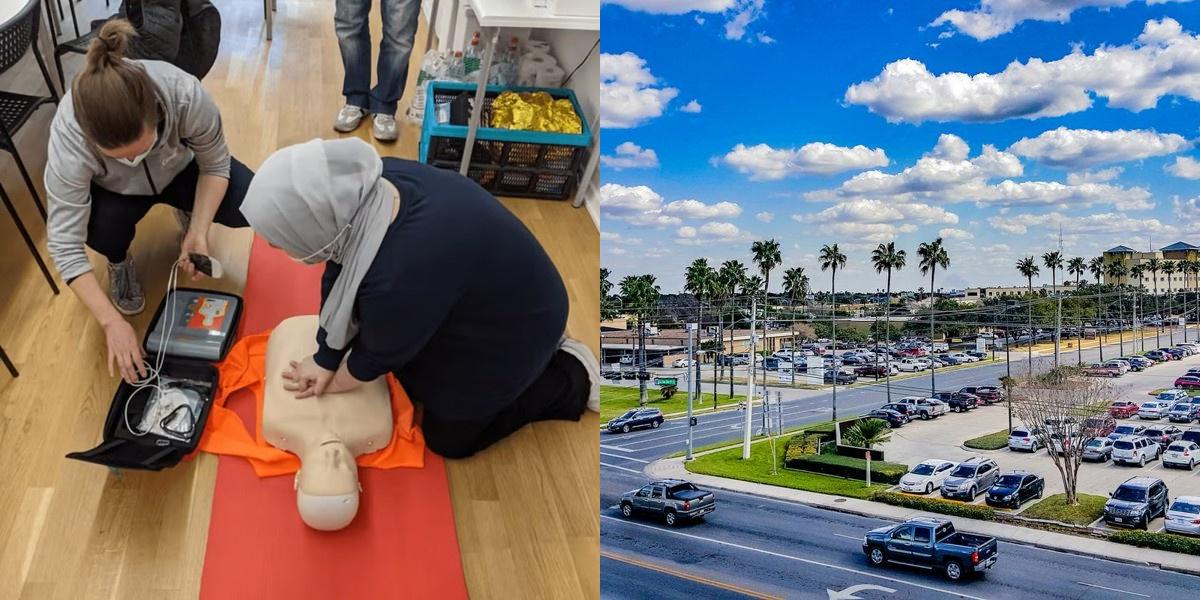How to Become a Paramedic in Texas (2025)

Paramedics are the lifeline of emergency medical services, providing critical care in high-pressure situations. If you're considering this fast-paced, purpose-driven career, here’s your complete guide to becoming a paramedic in Texas including required training, state licensing steps, fees, and job outlook.
Career Paths After Becoming a Paramedic
Texas paramedics often move into specialized or advanced roles, including:
- Flight Paramedic
- Critical Care Paramedic
- Tactical or SWAT Medic
- EMS Instructor or Training Officer
- Community Paramedicine Roles
- Hospital Emergency Tech
- Firefighter-Paramedic
Frequently Asked Questions
What is the fastest way to become a paramedic?
The fastest path is enrolling in an accelerated paramedic program that is often offered by EMS academies or technical colleges. These programs can be completed in as little as 12 months full-time and may bundle EMT and paramedic training together.
How much is a paramedic course in Texas?
Most programs in Texas cost between $5,000 and $10,000, depending on the school, whether EMT is included, and additional fees for equipment or uniforms. Some programs accept financial aid or GI Bill funding.
How much do paramedics make in Texas?
As of May 2024, paramedics in Texas earn an average of $55,590 per year or $26.73 per hour, according to the Bureau of Labor Statistics. Salaries may vary based on experience, location, and employer.
How long is a paramedic license valid in Texas?
Paramedic licenses issued by the Texas Department of State Health Services are valid for four years. Renewal requires continuing education or recertification via testing.
Do you need a degree to be a paramedic in Texas?
Not always. A degree is not required for standard certification, but to become a Licensed Paramedic, you’ll need either a two-year EMS degree or any four-year degree.
What is the difference between a paramedic and an EMT in Texas?
EMTs provide basic life support (BLS), such as CPR and wound care. Paramedics offer advanced life support (ALS), including drug administration, EKG interpretation, and airway management.
Can out-of-state paramedics get certified in Texas?
Yes. Texas allows reciprocity for certified paramedics from other states. You must apply through the DSHS, submit your credentials, pass a background check, and pay the $126 fee.
Where can I check my application or get help?
You can contact Texas DSHS by emailing [email protected] or calling 512-834-6734. Leave a voicemail to receive a callback.
Final Thoughts
Becoming a paramedic in Texas means joining the front lines of emergency care. While the journey requires serious training and licensing steps, it offers a fulfilling, in-demand career with advancement potential. Texas offers multiple EMS levels, a streamlined application process, and competitive pay, making this a smart long-term move for anyone looking to serve in healthcare.
Are you thinking about a job change or wanting to learn more about different career paths? Feel free to check out these additional articles:

Sunshine is a member of the School Growth team at Dreambound, where she assists students and schools with their billing and onboarding needs. She is a licensed mechanical engineer. Outside of work, she enjoys road trips with her family, discovering cozy cafes, and exploring her love for art.


